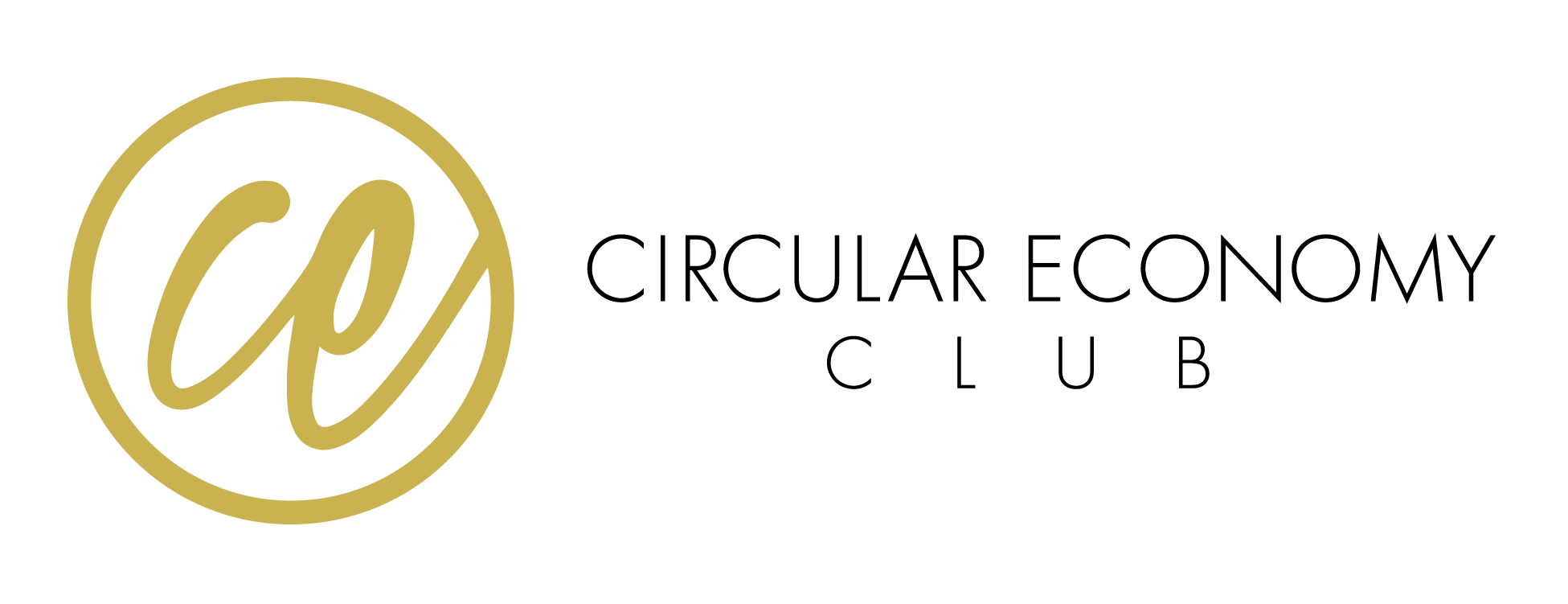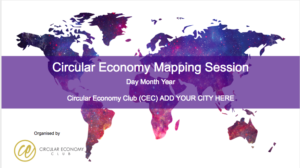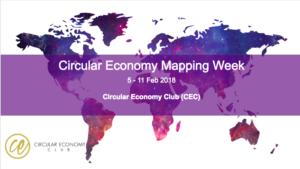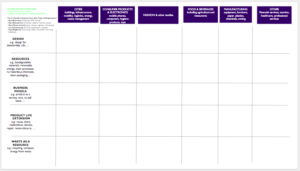There are 2 objectives for your Mapping session:
- Attendees to share their knowledge and learn about new circular initiatives; and
- To list over 50 circular local/regional initiatives in your city and sending them across to CEC, who will compile with other sessions taking place globally and publish online.
Your Circular Economy Mapping session should be a 3-hour session, with the following structure:
- 25 min – Registration and welcome drinks
- 15 min – Introduce yourself, CEC, the Mapping Week and explain how the session will work
- 80 min – Collaborative session to map circular initiatives
- 20 min – Open discussion and session wrap-up
- 40 min – Networking time
1. Registration and welcome drinks – for people to get to know each other
It is important to welcome the team members with a warm smile and enthusiasm. We advise picking a team member who has strong people skills. We have put together a sample template to register attendees, please make sure to record who has attended so we can have the record of this and you can send them a thank you note following the event. Usually, free events, have a 50% attendance rate, take this into consideration when sending invites and tracking accepted invites. For sessions that can hold 30 attendees, we advise having at least 60 people registered to attend.
You can use name badges, with big print, to help your attendees easily identify each other. Including job titles on name badges also works well, but try and get creative and maybe instead include information such as: “Talk to me about X topic” to stimulate conversations and interactions.
Welcome your attendees into a lobby or lounge area. Provide some water (infused with lemon), juices or non-alcoholic drinks, etc. Your role as an organiser is to introduce people to each other and make everyone feel inclusive.

In the entrance of your event or/and during the welcome drinks, project the holding slide. Click on the image below to download the holding slide and add the name of your city to replace the text in brackets.
2. Introduce yourself, CEC, the Mapping Week and the session
After the welcome drinks, allow 5 minutes to walk your attendees to the room where the session will take place. The images below are examples of a room set up. You will need:
- A screen for the powerpoint slides
- Enough space for people to work in groups of 4
- One mapping grid printed on A2 paper for each group (template grid below)
- A pen for each attendee

During the introduction, you will use the slides below, to:
- Introduce the session, yourself and your team, hosts and sponsors, introduce CEC, the Mapping session; and
- Explain to the groups how to use the grids to map circular initiatives and brief them on the 2 objectives (share knowledge and mapping minimum 50 initiatives among all groups in total).
Click on the image to download the session slides, edit as per the instructions below and save on your computer.
- Download the slides
- On the first slide, add the name of your city where it says (INPUT YOUR CITY NAME)
- Read the footnotes of every slide, they can serve as a guide to your speech on the day
- Feel free to translate into the native language of your city, but keep CEC format and branding
3. Collaborative session to map circular initiatives
People should work in groups of 4. Encourage a participative and fun atmosphere for your attendees, enable them to share circular economy initiatives that they know about. Be flexible. If they run out of ideas for initiatives in their cities, allow them to input initiatives in surrounding regions and use their phones to help them.

Each group of 4 people will use 1 mapping grid (printed on A2 size paper) to add their circular initiatives:
Click the image above to download the grid for the session. Once downloaded, save on your computer. Feel free to translate it to your language if applicable. Print as many grids as you need for the number of groups you anticipate in your session.
All teams should dedicate on average 10 minutes to each of the sectors in their grids. For example, Vigga is a kids clothes subscription site based in Copenhagen (Denmark) that falls under the Textiles column. Another example: Fairphone is a circular initiative based in Amsterdam (Netherlands) that falls under the Electronics column.
After the 80 minutes, do the following:
- Ask the groups to stop writing and ask every group to share which 2-3 circular initiatives were more impressive; and
- Encourage people to share also what they are involved in a circular economy in their professional or personal lives. Since some of your attendees may already work on circular projects and be willing to share this with the rest.
4. Session wrap-up
Draw the groups’ attention back to the screen using the slides for the wrap-up, and ask all attendees:
- What was the one thing you gained from this session?
- What type of sessions would you like to have in the future? (for example panel discussions on circular design, workshops on business models, etc) and make sure to note down all suggestions.
- Aim to get 3 or 4 answers from all attendees collectively rather than for each person.
5. Networking time after the event
Once you finish wrapping up, do the following:
- Say that you will be sending CEC the compilation of all the circular initiatives and the photos of the session. Both will be posted on the CEC website;
- Thank everyone for attending, and your team for their support and efforts;
- Invite everyone to have a drink/bite at the after-session room and go with them; and
- Help people make connections. You are the facilitator and the face of the event, so enjoy!
6. How to send the support team at CEC your compilation of circular initiatives
After the session, Mapping Organizers will send CEC:
- Emails of all attendees using sample template, so CEC can send them information on the global mapping database;
- Photos of the session, to be upload onto the CEC website under your session page; and
- Following one of the two templates below, download your preferred template to complete it with all the circular initiatives identified in your session.
- Click on your preferred template below to download your template excel sheet;
- Input the circular initiatives compiled in your session paper grids (the most important bits are name + URLs);
- Send the excel sheet to <sara@CircularEconomyClub.com>
- Sara will let you know when the compilation and the photos are publicly available in your CEC page
TEMPLATE 1 TEMPLATE 2
Top tips
- Be prepared to answer questions about CEC. People will ask you things such as:
- When did CEC start? 2012 as a website, 2014 running events
- Where is CEC headquartered? London, UK
- How many members does CEC have? over 4,500 in over 140 countries
- Is CEC a not-for-profit? Yes
- Who runs CEC? Team
- What will CEC do with the circular initiatives after the session? include them in a public directory and invite all members to access
- Use the ‘About Us‘ to prepare for such questions and write to sara@CircularEconomyClub.comfor any questions ahead of your event.
2. Be ready to help people come up with circular initiatives when they get stuck. Have several initiatives from your city or region prepared for every sector and share these with the groups.
3. Run the session with your team before the event.
4. Be yourself, enjoy the experience and be proud of you and your team. You will be rewarded for your great work, not only through increased visibility by being the CEC face in your city and worldwide, but also through future collaborations that are the result of your ambitions and proactive nature in hosting this event.
Return to Organiser Toolkit homepage.






